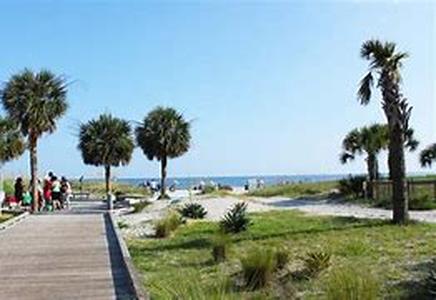
Photographers Have Been In Endless Attempts To Take The Most Superb Scene Of The Canyon, Yet, Were Still Unable To Give Justice To Its Majesty. You'd Have To See The Canyon Personally To Appreciate The Grand Canyon.Understanding The Grand Canyon's Geology Is Like Putting Up Pieces Of A Puzzle. There Is No Other Place On Earth That Can Reveal As Vividly The Geologic Times Through Its Walls, Mesas, And Buttes. Sedimentary, Metamorphic And Igneous Rocks Make Up The Grand Canyon's Geology Represented In Several Distinct Rock Layers. The Most Famous Theory About Grand Canyon's Geology Is The Erosion Process Maintained By The Never-ending Current Of The Colorado River, Which Is Continuously Sculpting This Vast Formation Until Today. Many Scientists Believe The Process Of Erosion Was Triggered About 6 Million Years Ago When The Colorado Plateau Region Began Its Geologic Uplifting Course Elevating The North Rim And Enhancing The Power Of Erosion. Moreover, The Colorado River's Meandering Course, Forming Tributary Streams, Is A Major Factor In The Carving Of The Great Plateau And Literally Exposing Primordial Rocks.The Grand Canyon's Geology Can Be Best Understood By Grouping The Different Strata Of Rocks Into Their Respective Geologic Times, Which Is Between The Paleozoic Era (about 250 Million Years Ago) Near The Rim And Proterozoic Era (approximately 1.75 Billion Years Ago) Along The Inner Depths Of The Gorges. The Various Rock Formations In The Grand Canyon Also Expose Fossilized Evidences Of Primordial Life And Environment.The Topmost Group, Forming The Surface Of The Rim And The Current Chapter In Geologic History, Is The Kaibab Formation Most Known As The "Kaibab Limestone". This Formation Suggests A Depositional Environment Of An Ancient Shallow Sea During The Mid-Permian Period. The Toroweap Formation Lies Just Beneath The Kaibab Formation Where A Shallow Ancient Marine Environment Used To Lay. This Layer Is Estimated To Be About 255 Million Years Old And Consists Of Closely Similar Rock Materials As Its Upper Layer.The Coconino Sandstone Depicts That Of A Sand Sea And North Wind-blown Sand Dunes. This Layer Is Composed Mainly Of Pure Quartz Sand Where Minerals Were Left Off After Water Eroded Its Main Matter. Lying Below The Coconino Sandstone Bed Is The Hermit Shale (about 265 Years Old) Composed Mostly Of Soft Shale, From Where This Stratum Got Its Name. The Slope Form Is Due To The Rocks' Soft Composition, Which Is Prone To Erosion.The Grand Canyon's Geology Is Equally Amazing As The Entire Grand Canyon Itself Befitting Of A World's Natural Wonder.





